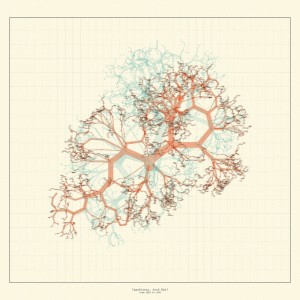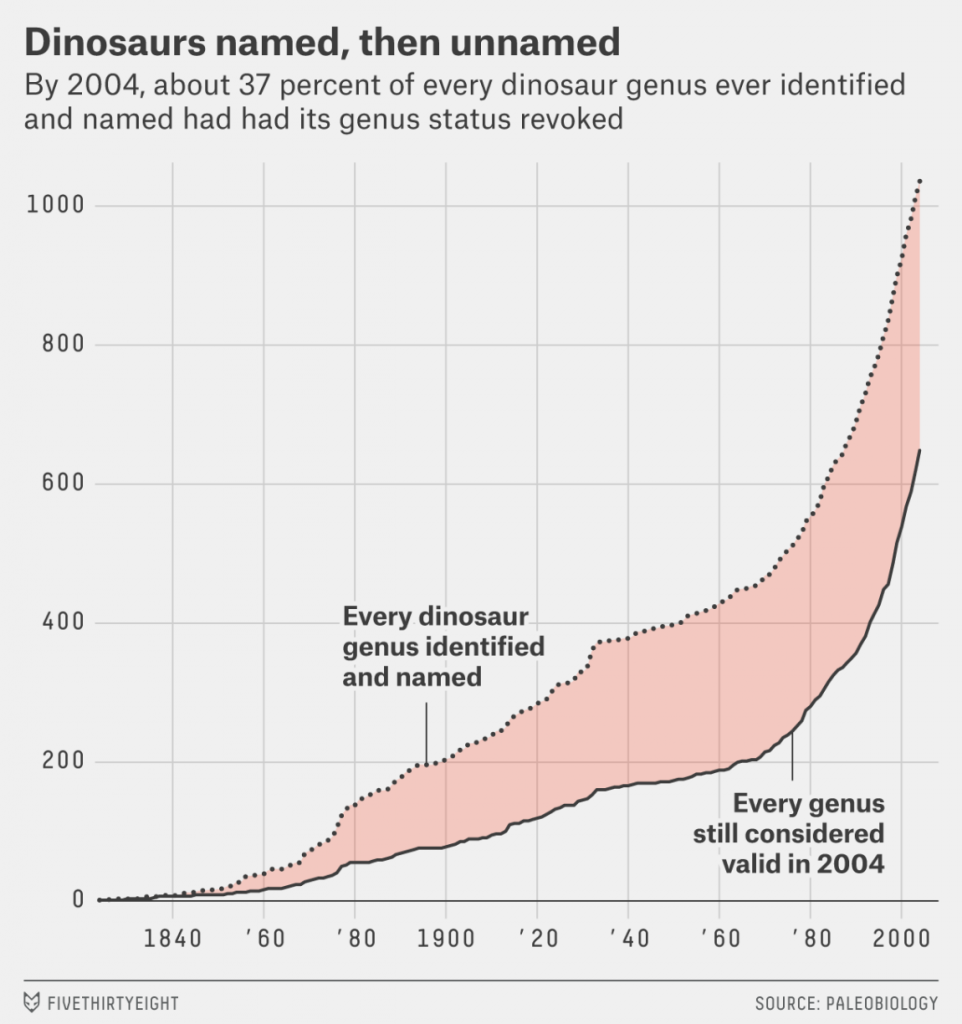What We Are Reading
Steven Jonas
April 25, 2016
Articles
The Anecdote is the Antidote for What Ails Modern Medical Science by John R. Adler, Jr. M.D. It’s hard to imagine anybody being more of a medical insider than Dr. John R. Adler, the founding editor of Cureus. Adler has a Harvard medical degree, served his residency at Massachusetts General hospital, and is a Stanford professor of neurosurgery, as well as founding CEO of a leading radiation oncology company, Accuray. This makes it especially heartening that Dr. Adler is now focused on opening up medical research literature to important kinds of evidence that have often been ignored: the anecdote and the case report. Quote: “The altruism that is supposed to drive the publication of scientific research has been almost entirely co-opted by the peculiar needs of academic promotion and tenure, as well as the pecuniary demands of the scholarly publishing industry; the public good of medical knowledge has been reduced to a mere after-thought by both academia and the publishing industry.” -Gary
You can train your body into thinking it’s had medicine by Jo Marchant. There is an experimental treatment where the patients always drink from a uniquely flavored beverage every time they take their medicine. After a while, the drug is taken away, but the drink is still consumed. Amazingly, the body continues to act like it received the drug. Considering that many of these drugs have terrible side effects, these findings can impact how medication is administered. -Steven
Fleming’s discovery of penicillin couldn’t get published today. That’s a huge problem by Julia Belluz. John Adler’s reflections on the value of anecdote, linked above, were inspired by this essay by Julia Belluz celebrating the creation of another new journal, called Matters, devoted to publishing reports of small scale experiments and observations. As the publishers write on their web site: “Observations, not stories, are the pillars of good science. Today’s journals however, favor story-telling over observations, and congruency over complexity. As a consequence, there is a pressure to tell only good stories. Moreover, incentives associated with publishing in high-impact journals lead to loss of scientifically and ethically sound observations that do not fit the storyline, and in some unfortunate cases also to fraudulence. The resulting non-communication of data and irreproducibility not only delays scientific progress, but also negatively affects society as a whole.” -Gary
Machine Learning for Easier Dieting by Samuel K. Moore.
“I had a half-cup of oatmeal, with two-tablesoons of maple syrup and a cup of coffee. Oh, I put a handful of blueberries in the oatmeal, and there was milk in the coffee. It was skim milk.”
It would be wonderful to log one’s food by speaking to your tracker in this natural manner. Machine learning may make it possible, but this article reviews some of the obstacles that need to be overcome when it comes to parsing speech. -Steven
A Case of Complete and Durable Molecular Remission of Chronic Lymphocytic Leukemia Following Treatment with Epigallocatechin-3-gallate, an Extract of Green Tea by Dawn Lemanne, Keith I. Block, Bruce R. Kressel, Vikas P. Sukhatme, Jeffrey D. White. This paper from Cureus about a notable clinical outcome offers an excellent example of the kind of research that might never come to light without the work of pioneering science publishers. -Gary
This Dude’s Fitness Tracker May Have Just Saved His Life by George Dvorsky. When a 42-year-old man recently went to the emergency room following a seizure, the doctors had to make a decision in how to proceed that depended on whether the man’s arrhythmia was caused by the seizure or was chronic. The answer was found in the man’s Fitbit data. -Steven
Show&Tell
How Can I Stop Feeling Cold by Justin Timmer. A few years ago, I spent a winter wearing only a t-shirt when I went out. I was interested in how my body adapted to the cold over time. I am happy to see Justin attempt a similar thing but with more rigor. -Steven
Letter of Recommendation: Segmented Sleep by Jesse Barron. I’ve been long fascinated by the concept of segmented sleep, where people have a first and second sleep period during the night. I’ve read historical references of this phenomenon, but not many experiences from now. -Steven
Leave that Thermostat Alone! by Michael VanDaniker. Taking advantage of the ability to export his data from his electric provider, Michael compared his electricity usage against the outside temperature to get a better understanding of his electricity use (and created some nice visualizations in the process). -Steven
Resource: Home Hacking Blood Glucose by Jenny Horner. Jenny heard about a study in Israel that showed that post-meal blood sugar spikes differ highly according to the individual. For example, ice cream is fine for some, but sushi is not. Jenny decided to apply the findings to her life. She shares the method she is using to construct her own personal glycemic index. ‑Steven
Personal Information Manager by Fabian Benetou. Fabian’s site is a fascinating mind dump of many aspects of his life. Open to all, but comprehensible only to him, there is a voyeuristic pleasure in traipsing around and seeing a glimpse into someone else’s head (another fun example is Jerry Michalski’s “Brain”). In particular, I love seeing the notes that he keeps from the books he reads, which dovetails with my interest in commonplace books. ‑Steven
Data Visualizations
Arbor Ludi: “Un proyecto de visualización de datos compuesto por una serie de representaciones gráficas que reconstruyen el árbol de juego de ocho de los mejores ajedrecistas de la historia.” Each image in this beautiful and fascinating series of data visualizations represent the playing life of a chess master. Created by the design and architecture firm Ootro Estudio, the portraits are made out of data from every move from hundreds or thousands of published games (the number varies significantly between masters). The coral-like shape emerges from the fact that in chess the first moves are common and well known, while later moves inhabit a vast possibility space. For more on the technique, see this informative post on The Zugzwang Blog: Arbor Ludi: arquitectura mental de un genio del ajedrez. (In Spanish.) -Gary
All Those New Dinosaurs May Not Be New — Or Dinosaurs by Maggie Koerth-Baker. My first experience of the messiness of paleontology is when I learned that my mug with a green brontosaurus depicted an animal that never existed (though that may no longer be true). This chart shows how often a dinosaur genus is later declared to be invalid. The error rate for dinosaurs named between 1850 and 1980 is 48 percent! -Steven
Changing river path seen through satellite images by Zoltan Sylvester. Using Landsat images, this is a time lapse that shows, over a thirty year period, the oxbow section of the Ucayali river in Peru get pinched and then cut off from the main flow of the river. You can view thirty year timelapses like this for any location on earth at the Google Earth Engine. The Las Vegas one is an incredible example of urban expansion. -Steven





